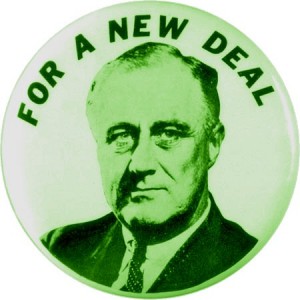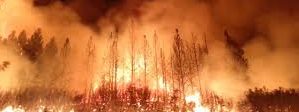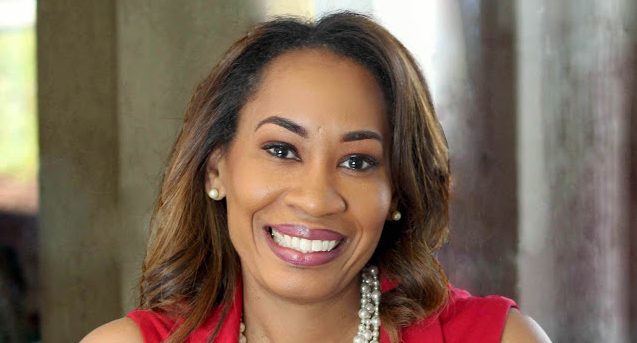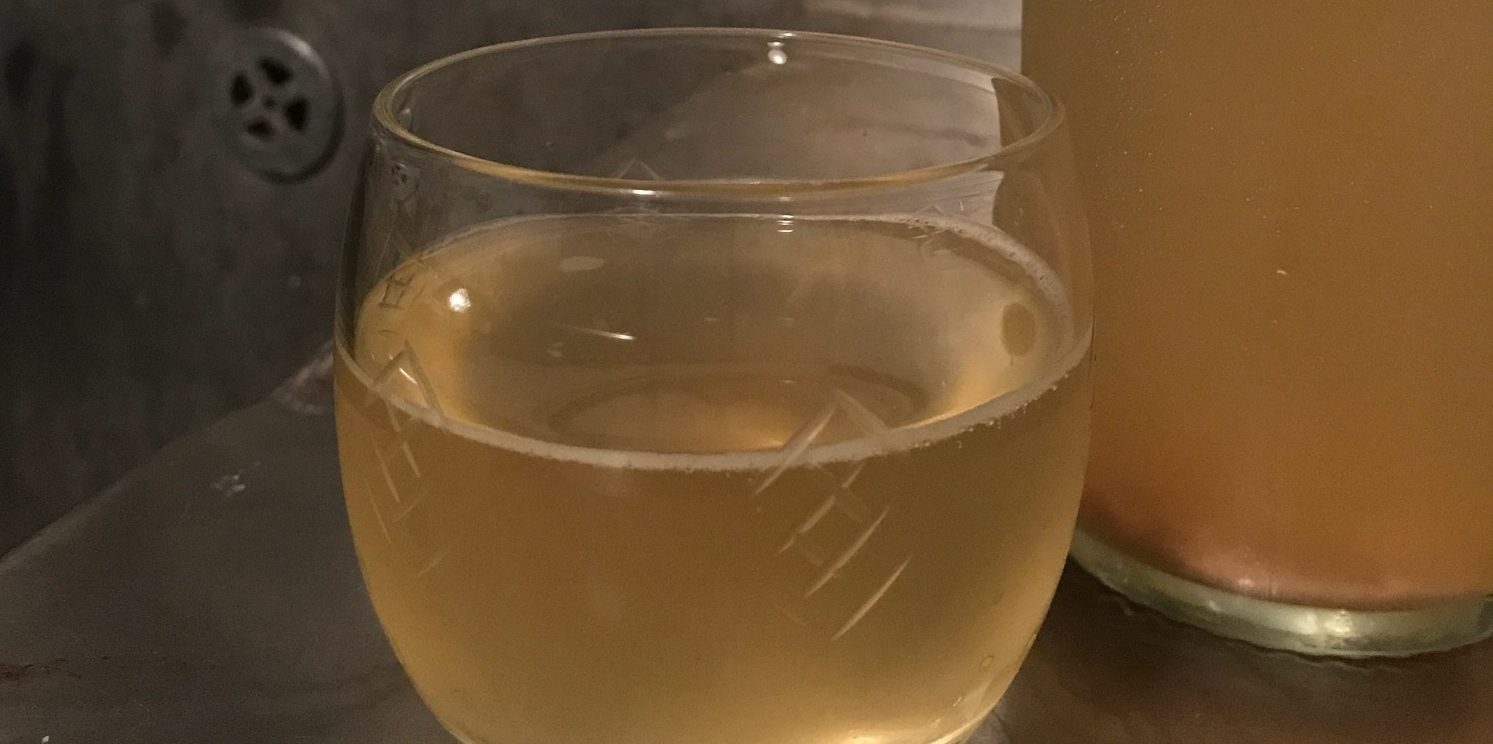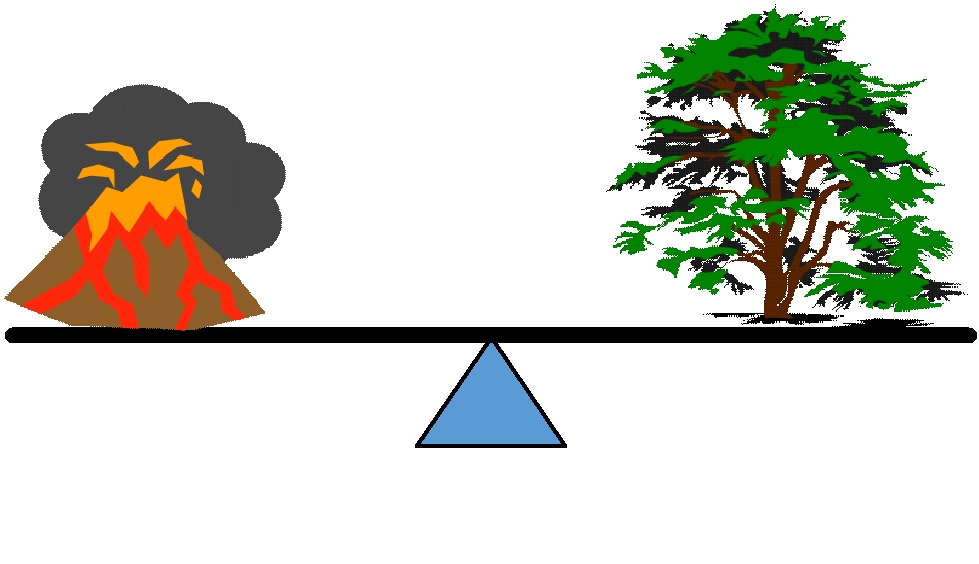What it Takes to Go Bold–by Iyla Shornstein
Election season has officially peaked, and with 7 candidates vying for the Democratic nomination in NYS District 19, voters are finding it increasingly difficult to distinguish between the candidates’ various platforms. As a self-declared policy wonk, I think the differences are clear. However, I am also deeply biased and completely …

